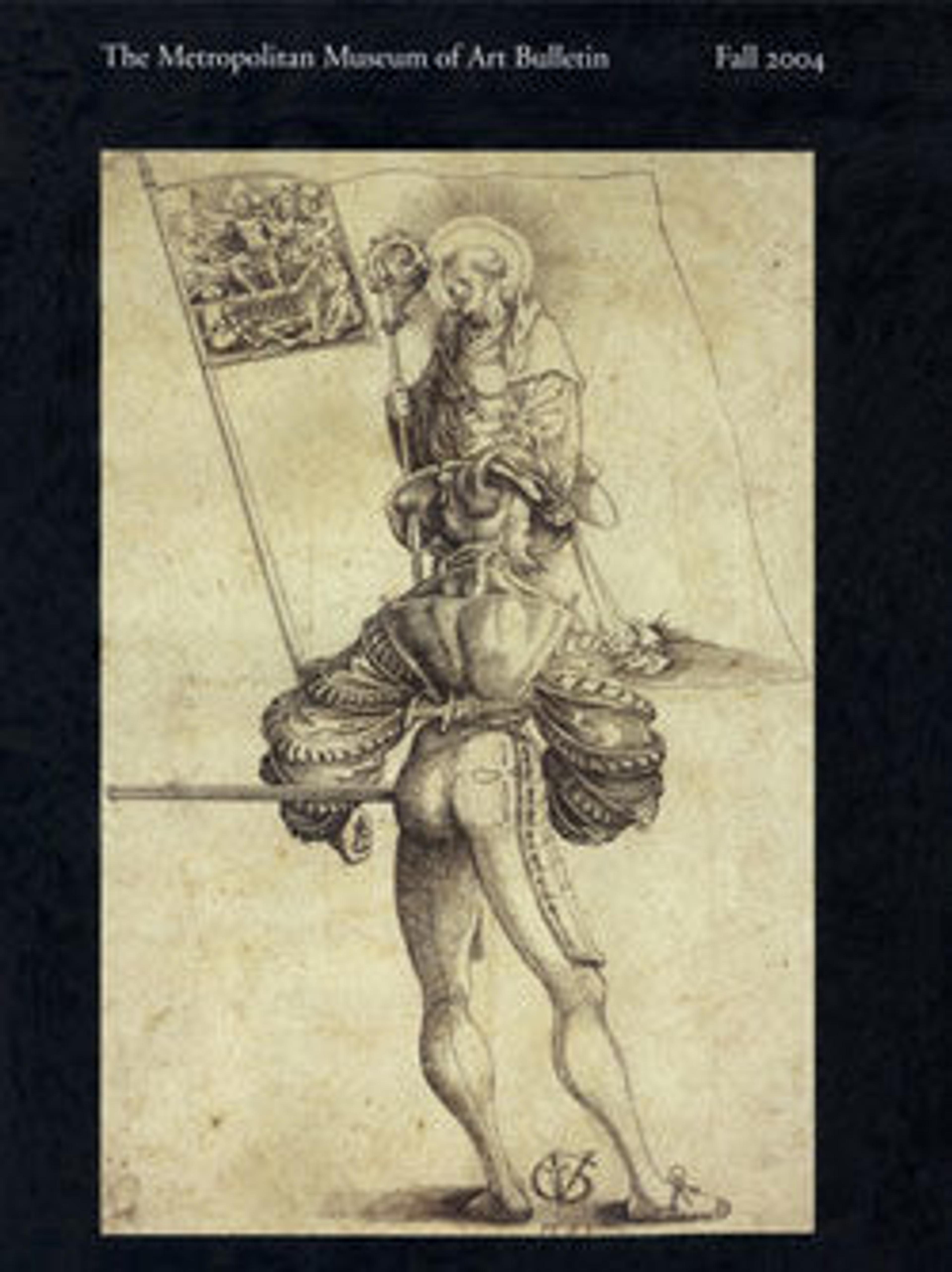[Waterfall, Constantine]
The son of a Boston banker stationed in Paris, Greene grew up in the French capital and adopted the techniques and aesthetic sensibilities of the pioneering French photographers of the early 1850s. A well-to-do amateur archaeologist, he made two trips to Egypt in 1853-54 and 1854-55 and there produced an impressive body of photographs of monuments, hieroglyphic inscriptions, and landscapes.
In late 1855, Greene set out on another photographic and archaeological expedition, this time to a site in Cherchell, Algeria. Sometime in the new year, between visits to Cherchell, he traveled east from Algiers to the city of Constantine and created a series of striking landscapes that constitute a more personal, artistic, and expressive aspect of his oeuvre than his relatively didactic archaeological views. This boldly geometric composition, richly printed and exquisitely preserved, shows the towering cliffs and waterfalls of the Rhumel Gorge, a place that Théophile Gautier celebrated as "wildly picturesque" and reminiscent of the Baroque paintings of Salvator Rosa.
Greene returned to Paris in spring or summer 1856 and soon departed once more for Egypt, hoping that the warmer climate would prove salutary. He died there before year's end at the age of twenty-four.
In late 1855, Greene set out on another photographic and archaeological expedition, this time to a site in Cherchell, Algeria. Sometime in the new year, between visits to Cherchell, he traveled east from Algiers to the city of Constantine and created a series of striking landscapes that constitute a more personal, artistic, and expressive aspect of his oeuvre than his relatively didactic archaeological views. This boldly geometric composition, richly printed and exquisitely preserved, shows the towering cliffs and waterfalls of the Rhumel Gorge, a place that Théophile Gautier celebrated as "wildly picturesque" and reminiscent of the Baroque paintings of Salvator Rosa.
Greene returned to Paris in spring or summer 1856 and soon departed once more for Egypt, hoping that the warmer climate would prove salutary. He died there before year's end at the age of twenty-four.
Artwork Details
- Title:[Waterfall, Constantine]
- Artist:John Beasley Greene (American, born France, Le Havre 1832–1856 Cairo, Egypt)
- Date:1856
- Medium:Salted paper print from paper negative
- Dimensions:Image: 23.3 x 30.1 cm (9 3/16 x 11 7/8 in.)
- Classification:Photographs
- Credit Line:Purchase, Alfred Stieglitz Society Gifts, Anonymous Foundation Gift, W. Bruce and Delaney H. Lundberg Gift, and Marian and James H. Cohen Gift, in memory of their son, Michael Harrison Cohen, 2004
- Object Number:2004.251
- Curatorial Department: Photographs
More Artwork
Research Resources
The Met provides unparalleled resources for research and welcomes an international community of students and scholars. The Met's Open Access API is where creators and researchers can connect to the The Met collection. Open Access data and public domain images are available for unrestricted commercial and noncommercial use without permission or fee.
To request images under copyright and other restrictions, please use this Image Request form.
Feedback
We continue to research and examine historical and cultural context for objects in The Met collection. If you have comments or questions about this object record, please contact us using the form below. The Museum looks forward to receiving your comments.
